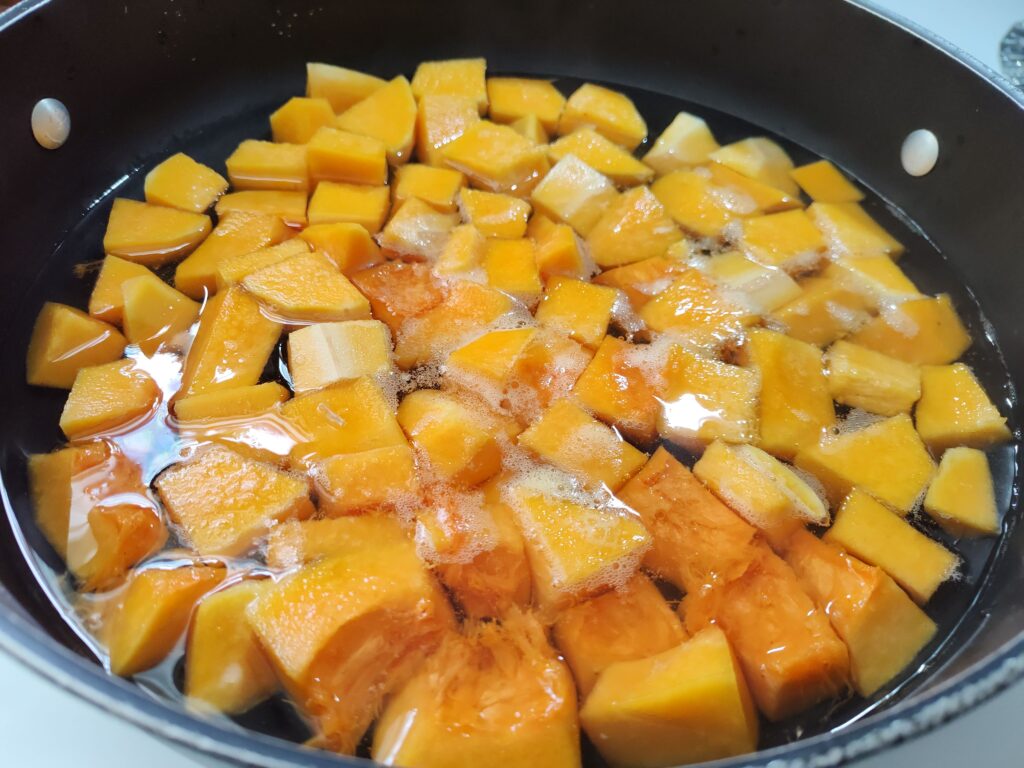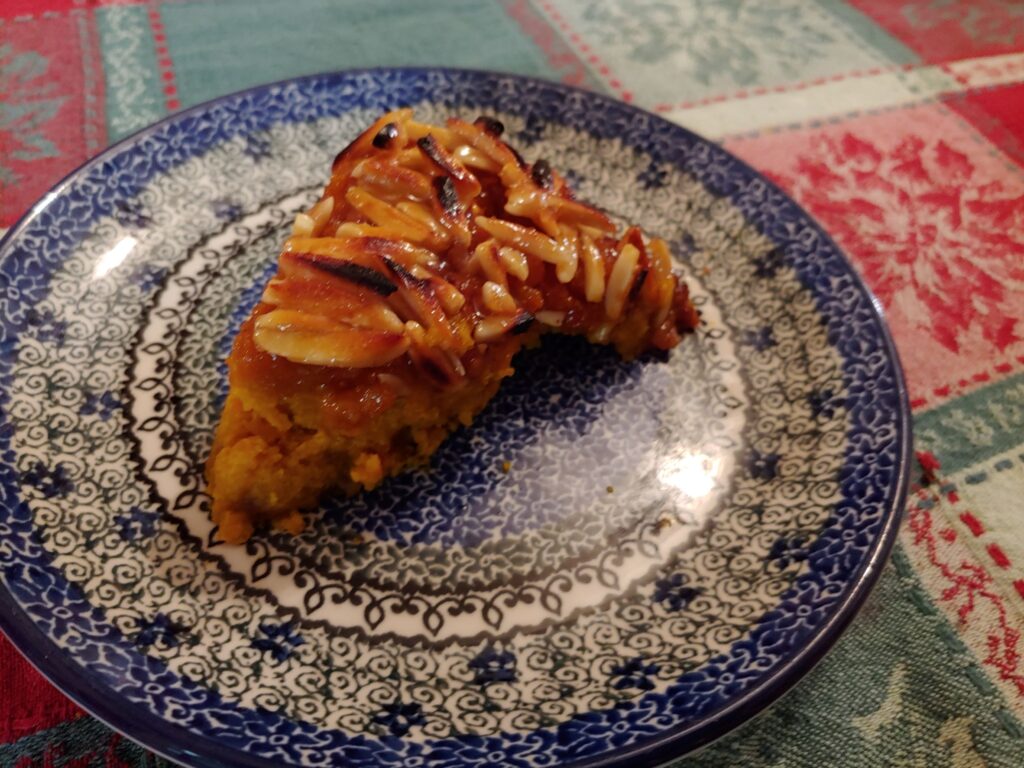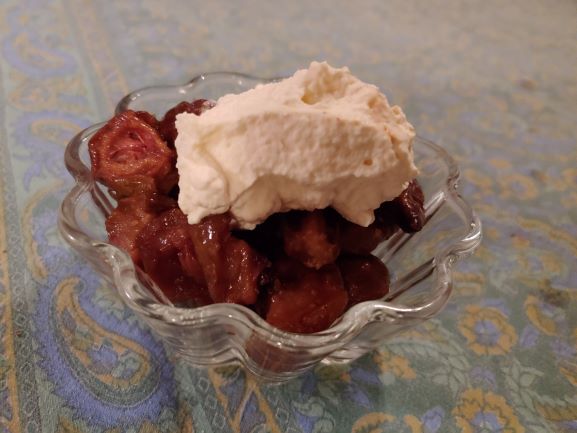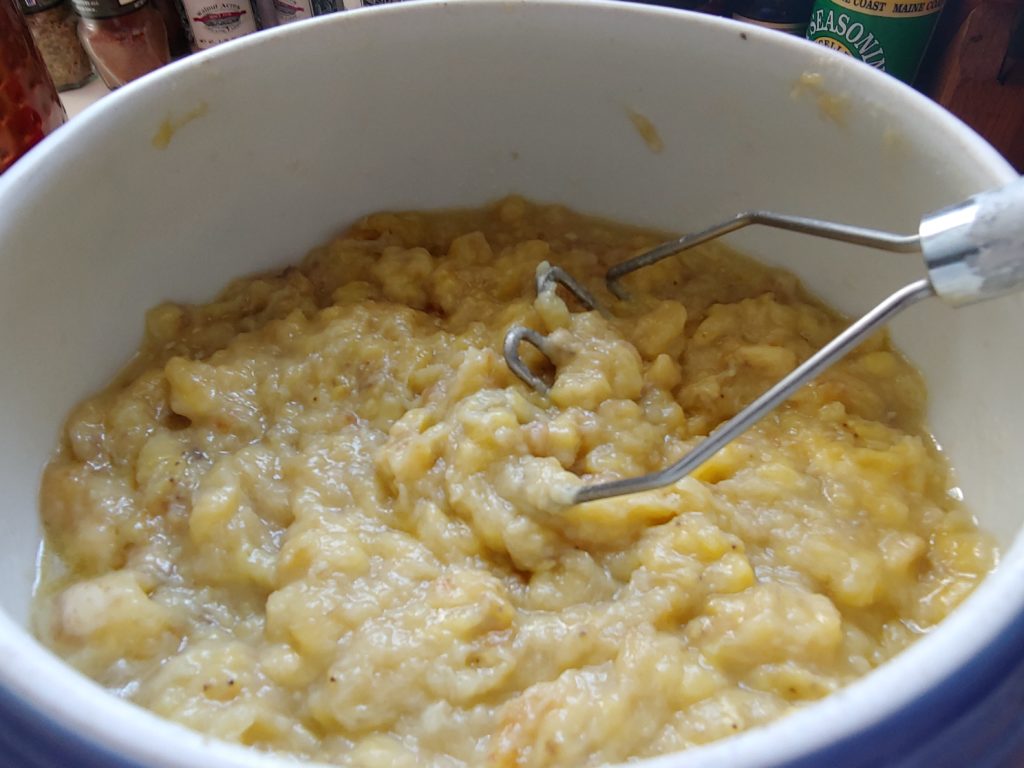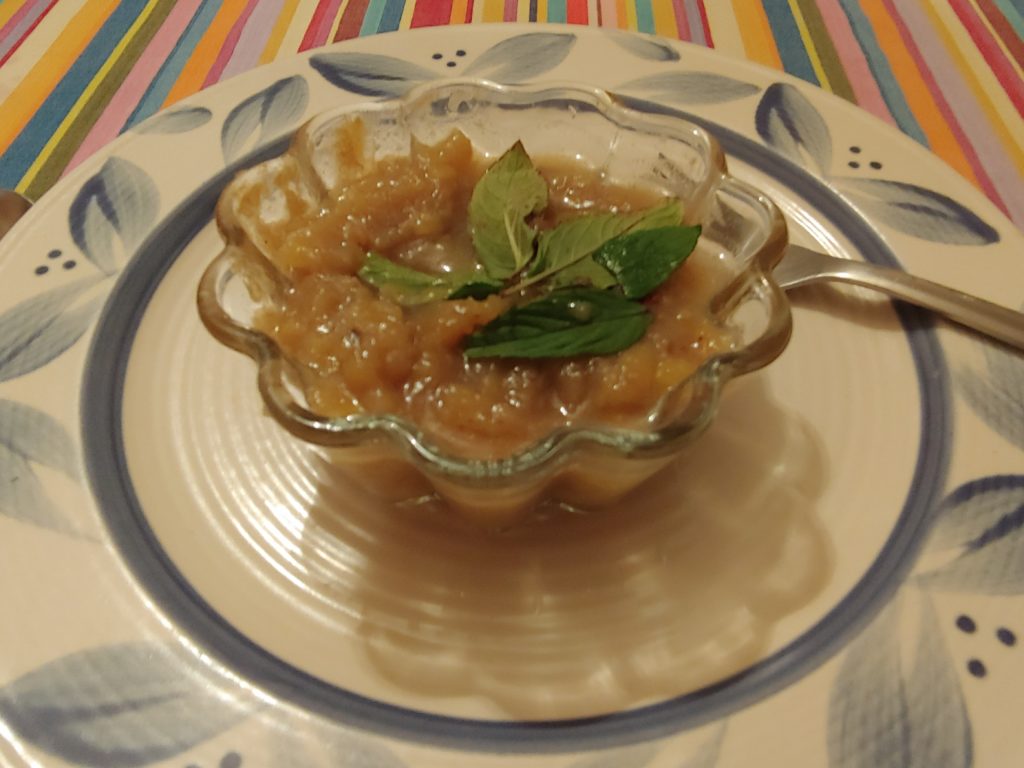Spring is here (in certain parts of the nation) but squash is still available in stores. By that, I mean not only yellow squash but also butternut squash.
Butternut squash makes for a great side dish as well as a dessert. My wife makes great fried chicken wings, and the Maple Butternut Squash I prepared was a wonderful accompaniment to the chicken wings. The recipe follows below. Let me add that you can make the dish as sweet as desired. Some folks add more maple syrup for instance, and more brown sugar. In our family we do not like squash overly sweet; but you may have your own ideas about it. Let your taste buds be your guide.
MAPLE BUTTERNTU SQUASH
Ingredients:
1 medium butternut squash
2 tablespoons butter
2 tablespoons maple syrup
1/8 teaspoon ground cinnamon
Dash of salt
1/3 cup chopped pecans
1 to 2 teaspoons brown sugar
Instructions:
- Preheat oven to 350 degrees F.
- Cut butternut squash lengthwise in half. Remove seeds and pulp.
- Cut into 1½-inch pieces. Place pieces in a pot with about 2 inches of water. Bring to a boil. Cover and steam on low heat for about 20 minutes, until tender. Remove and let cool slightly.
- Remove peel and put squash into a bowl. Mash with butter and maple syrup. Stir in cinnamon, and dash of salt to taste.
- Transfer mixture to a baking dish or 1-quart casserole. Combine pecans and brown sugar and sprinkle over the squash.
- Place in oven and bake for 20 to 25 minutes.
Yield: 4 servings.
